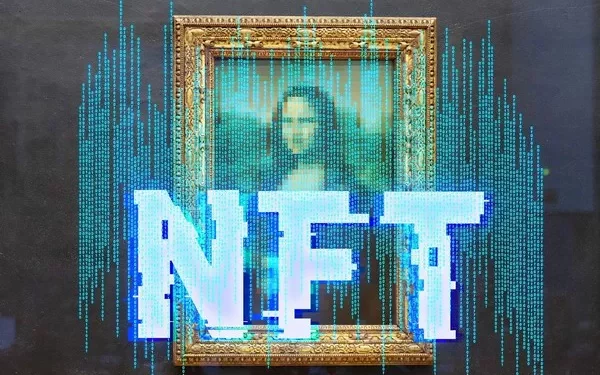In the ever-evolving landscape of finance and technology, Non-Fungible Tokens (NFTs) have emerged as a groundbreaking phenomenon, particularly in the realm of trading. This article aims to demystify the concept of NFTs in trading, exploring their significance, applications, and the impact they’ve had on the traditional trading landscape.
Understanding NFTs: A Unique Form of Digital Asset
Non-Fungible Tokens, or NFTs, represent a form of digital asset that derives its value from its uniqueness and scarcity. Unlike traditional cryptocurrencies such as Bitcoin or Ethereum, NFTs are indivisible and cannot be exchanged on a one-to-one basis. Each NFT is distinct and acts as a digital certificate of ownership for a specific digital or physical asset.
1. Tokenization of Assets in Trading
In the trading world, NFTs have introduced a novel concept: the tokenization of assets. This involves representing ownership of real-world or digital assets through blockchain-based tokens. By tokenizing assets, traders can represent and trade ownership in a more granular and efficient manner. This has particularly significant implications for illiquid assets like real estate or rare collectibles.
2. Art and Collectibles as Tradable Assets
One of the most prominent use cases of NFTs in trading is in the realm of digital art and collectibles. Artists and content creators can tokenize their work, creating a digital certificate of ownership that can be bought, sold, and traded on various platforms. This has given rise to a decentralized digital art market, allowing for increased liquidity and accessibility for both creators and collectors.
3. Gaming Assets and Virtual Economies
NFTs have seamlessly integrated into the gaming industry, where virtual assets such as in-game items, characters, and even virtual real estate can be tokenized and traded. This not only enhances the gaming experience by allowing players to truly own their in-game assets but also creates a vibrant virtual economy. Gamers can buy, sell, and trade NFT-based assets, blurring the lines between the digital and physical worlds.
4. The Rise of Digital Ownership
NFTs have introduced a paradigm shift in the concept of ownership, particularly in the digital realm. Traditionally, digital files could be easily duplicated, leading to challenges in establishing ownership and value. NFTs solve this problem by leveraging blockchain technology to create unique, verifiable ownership records. This has profound implications for content creators, musicians, and other digital asset producers who can now have greater control and monetization opportunities over their work.
5. Trading and Secondary Markets for NFTs
Trading NFTs involves buying and selling these unique digital assets on various online marketplaces. These marketplaces, often built on blockchain platforms like Ethereum, provide a platform for users to discover, bid on, and purchase NFTs. Secondary markets have flourished, allowing users to trade NFTs after the initial purchase. The introduction of smart contracts ensures that creators receive a percentage of the resale value, creating a continuous revenue stream for artists.
6. Challenges and Considerations in NFT Trading
While NFTs present exciting opportunities in trading, there are challenges and considerations that traders should be aware of. One notable concern is the environmental impact of certain blockchain networks that use energy-intensive proof-of-work consensus mechanisms. Additionally, the market for NFTs can be volatile, with prices fluctuating based on factors such as celebrity endorsements, market trends, and overall sentiment.
7. NFTs and the Future of Trading
As NFTs continue to gain traction, their impact on the future of trading is undeniable. The technology has the potential to democratize access to a wide range of assets, from digital art to real estate, by providing a more inclusive and efficient trading environment. The use of blockchain technology and smart contracts ensures transparency and security in transactions, contributing to the evolution of traditional trading practices.
See Also: [Revealed!] The Utility of NFTs in Today’s Digital Landscape
Conclusion: NFTs as Catalysts for Innovation in Trading
In conclusion, NFTs have emerged as powerful catalysts for innovation in the trading landscape. Their ability to tokenize assets, establish digital ownership, and create new markets has reshaped how we perceive and engage in trading activities. As the technology continues to evolve, traders and investors should stay informed about the dynamic NFT space, recognizing both its opportunities and challenges in navigating the future of digital trading.
Related topics:

















